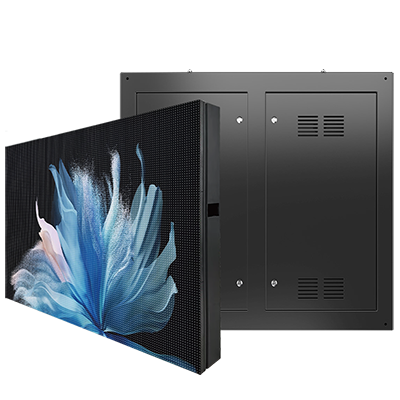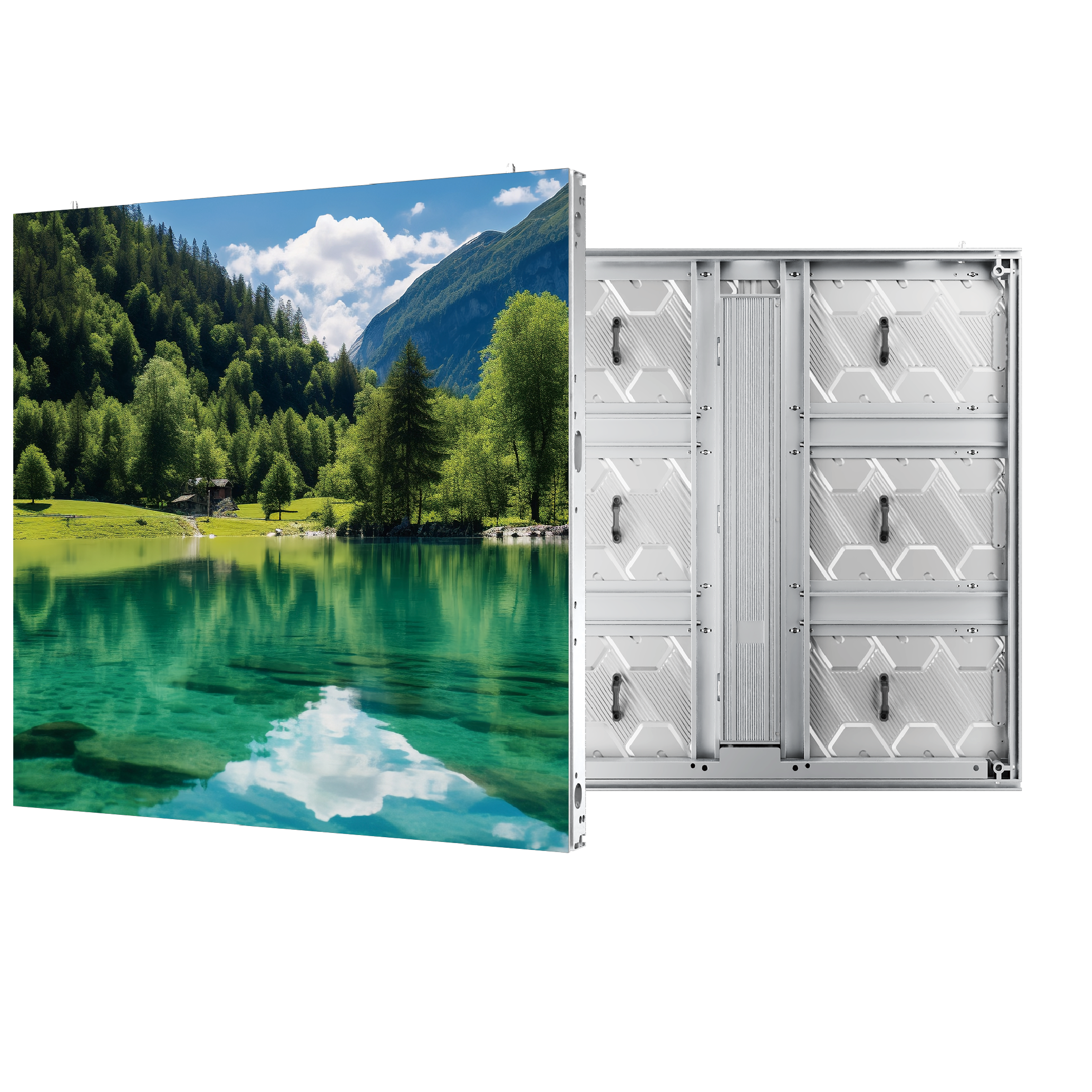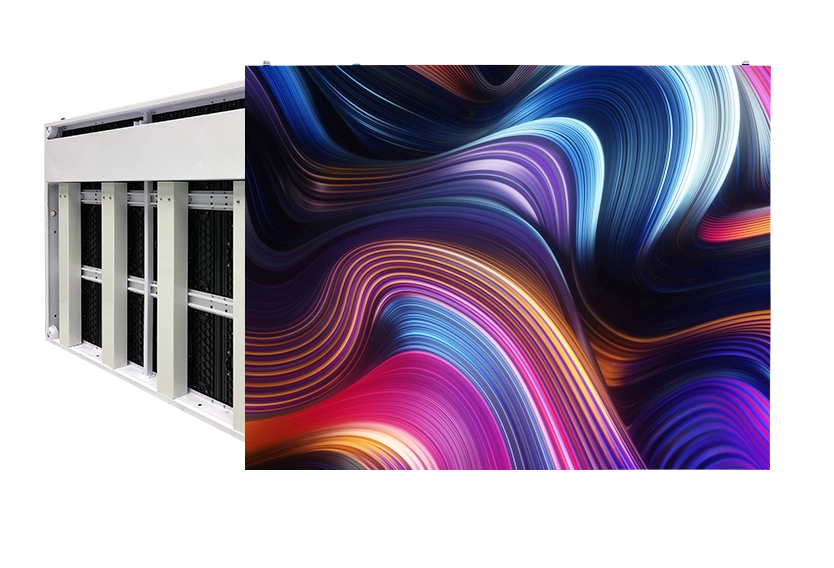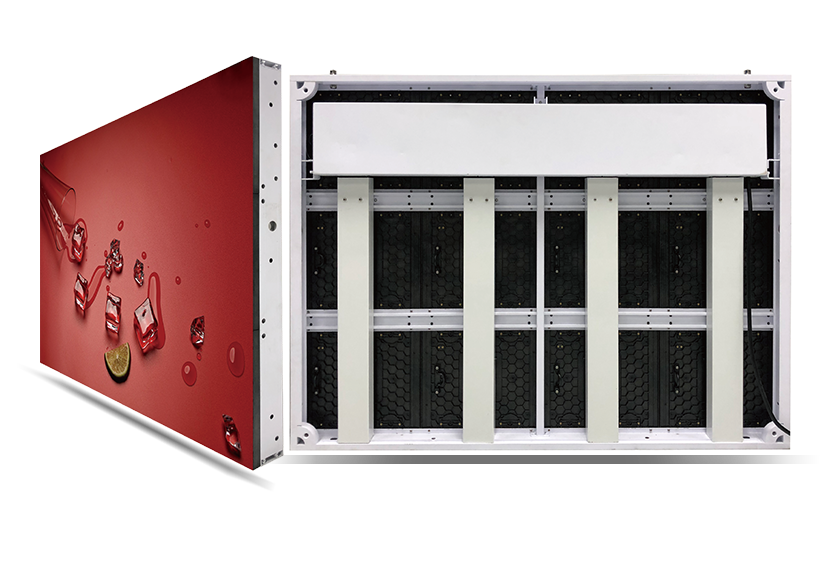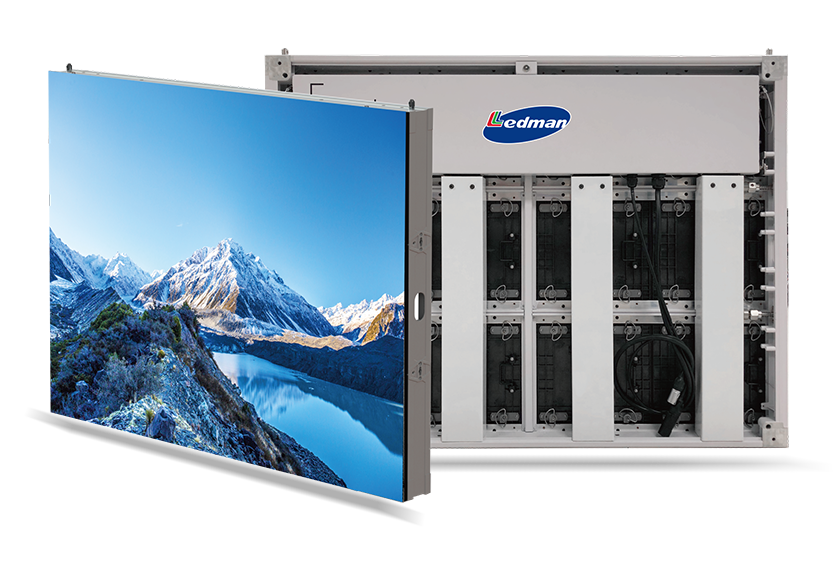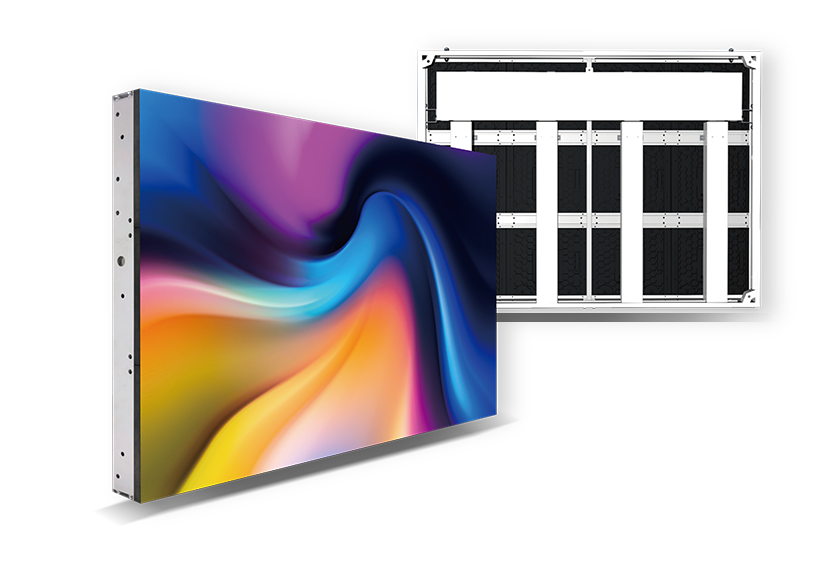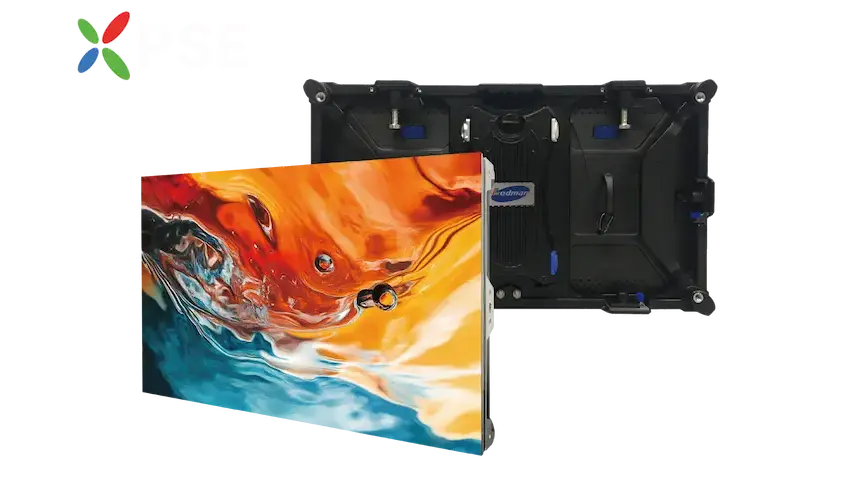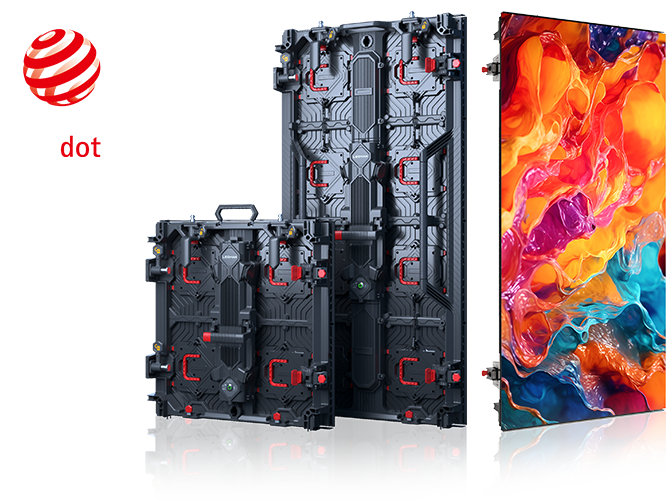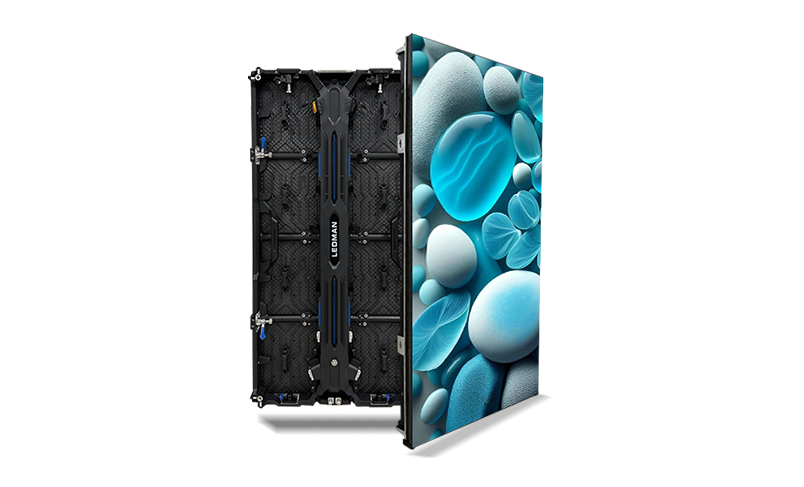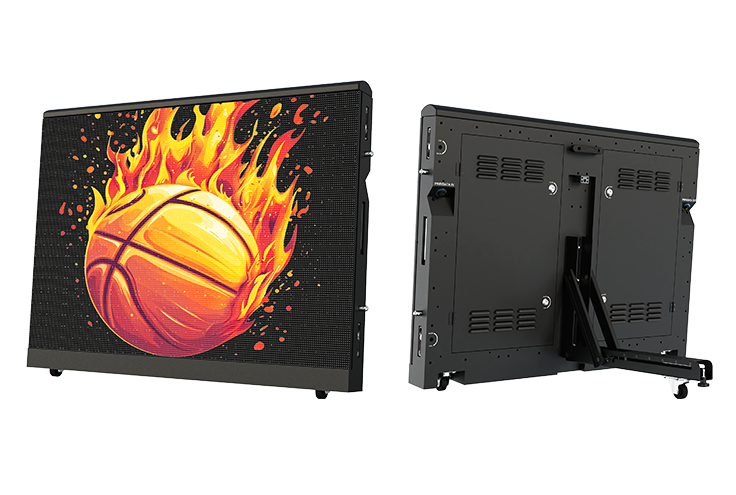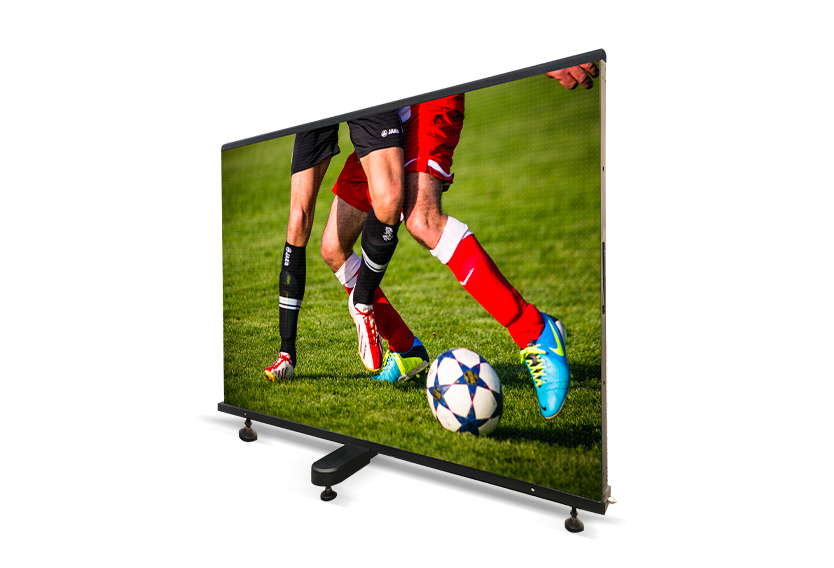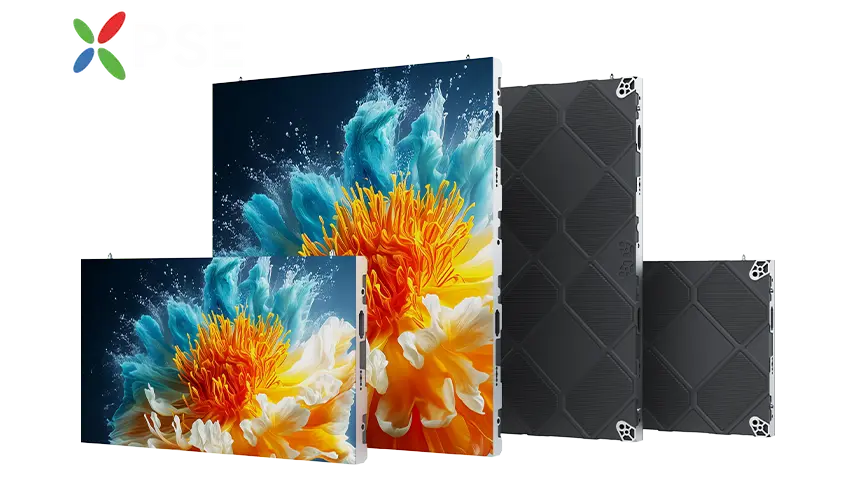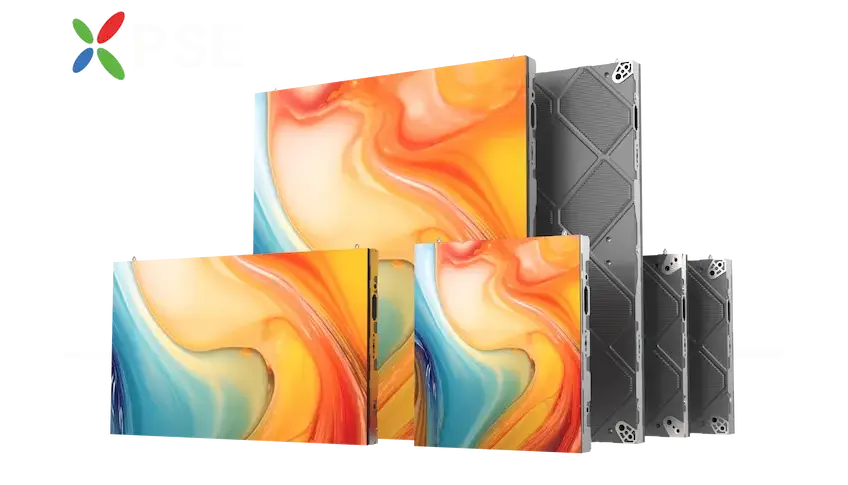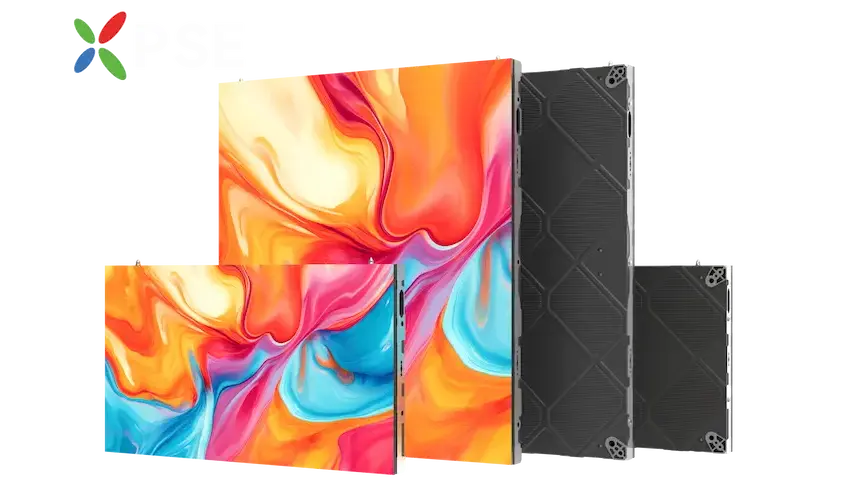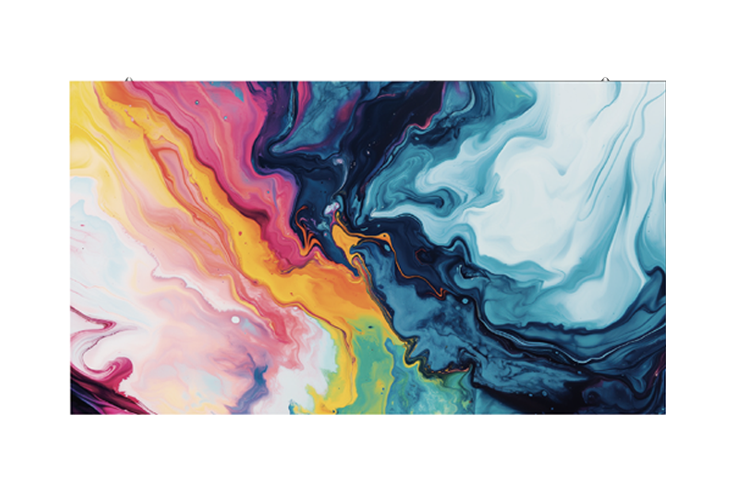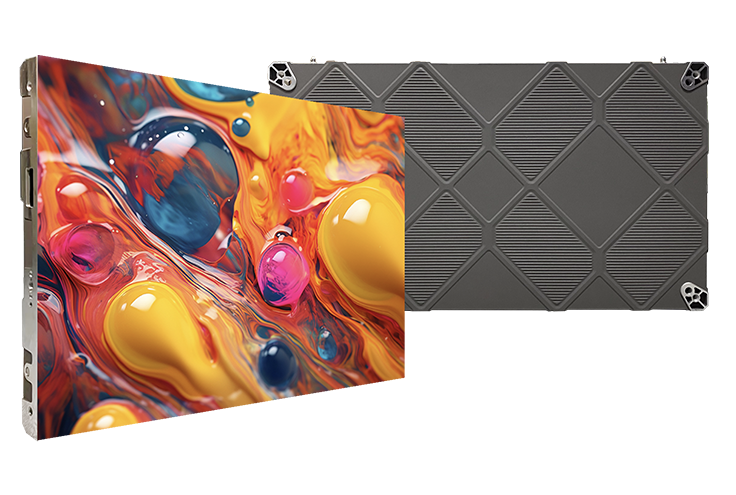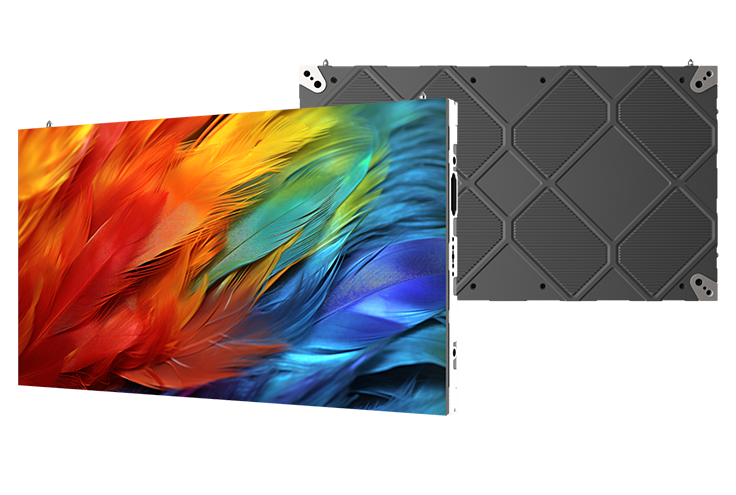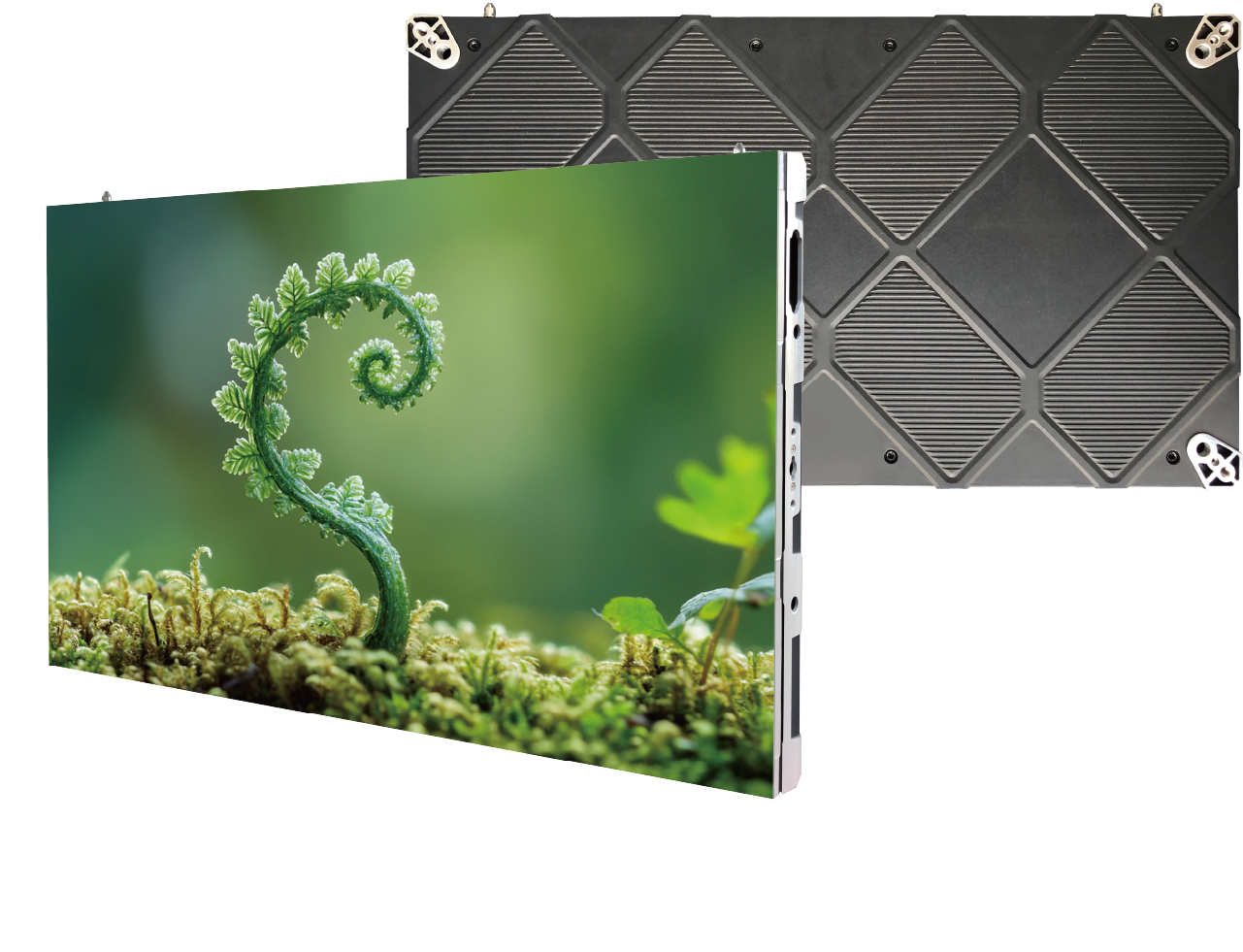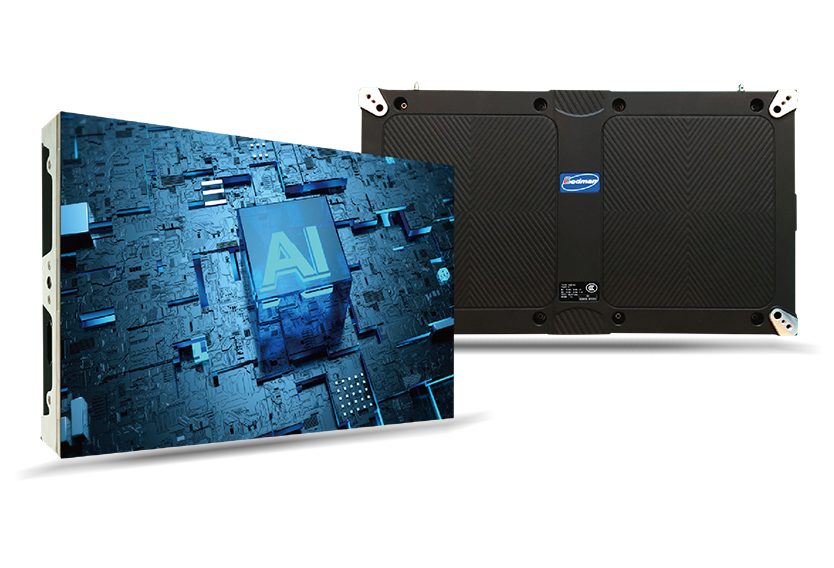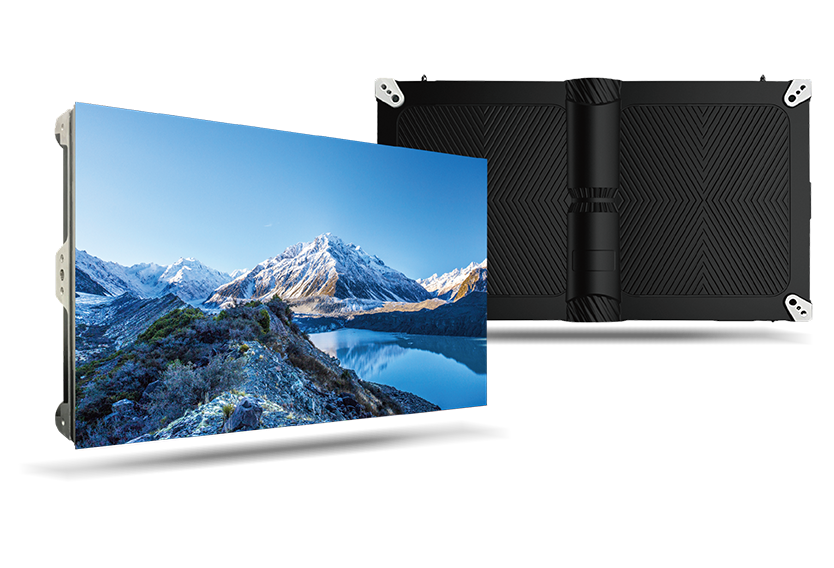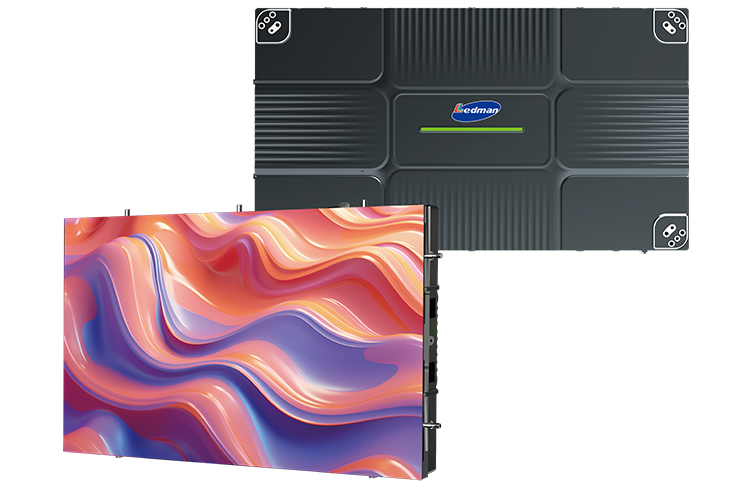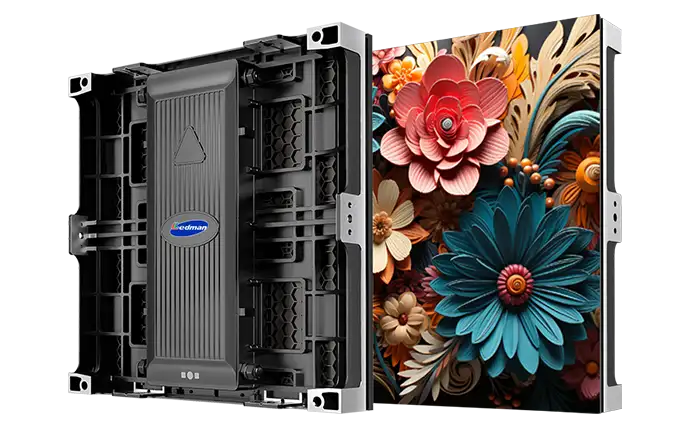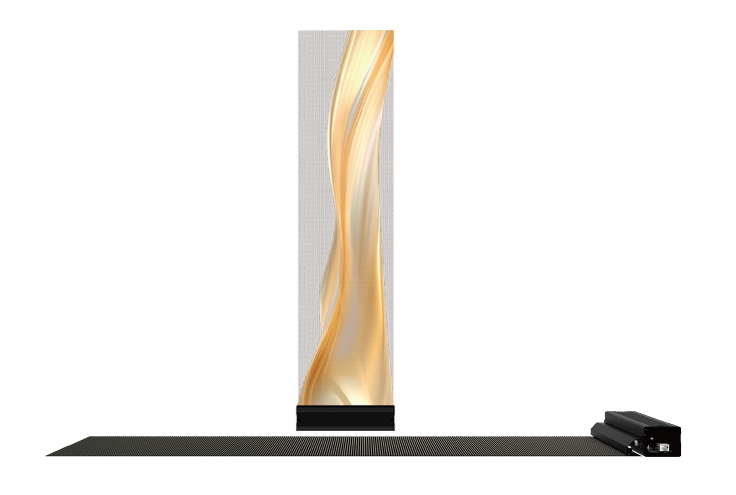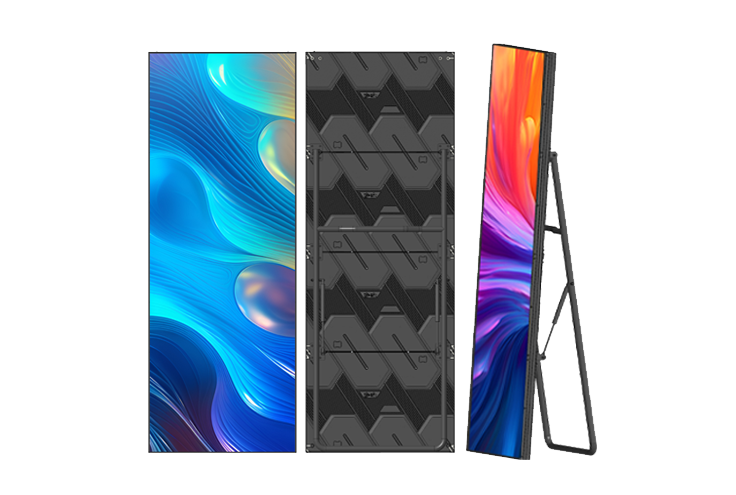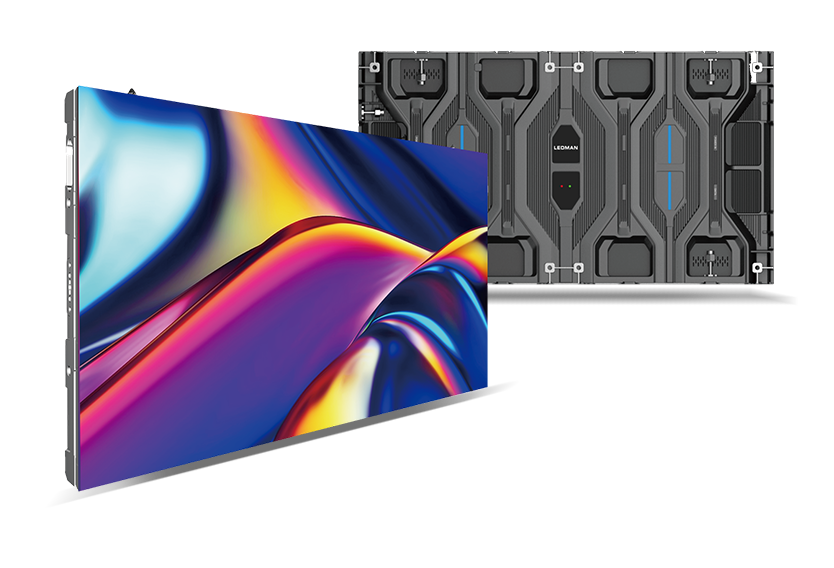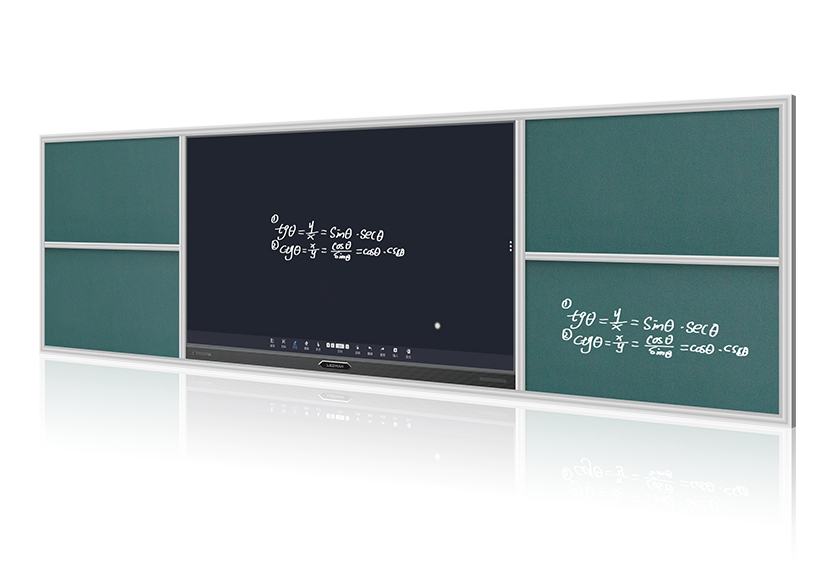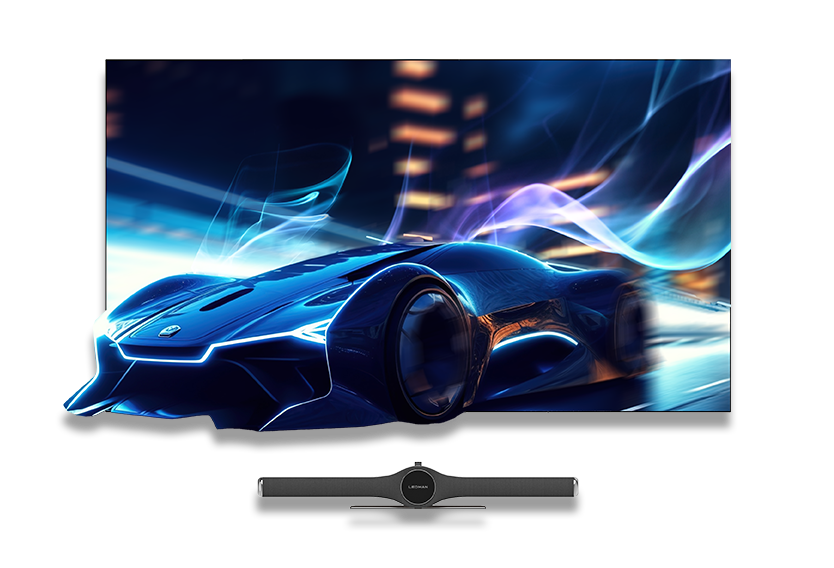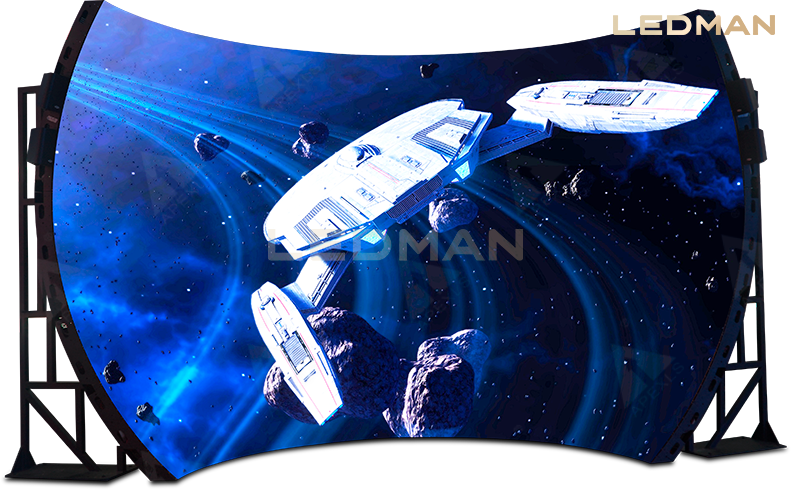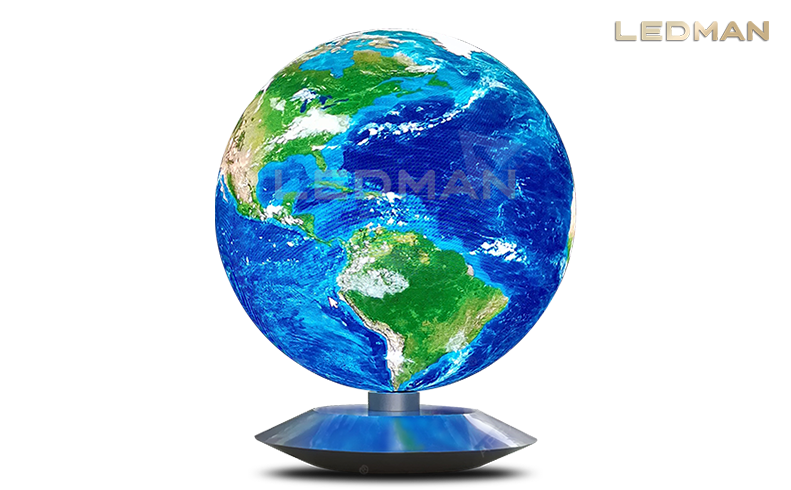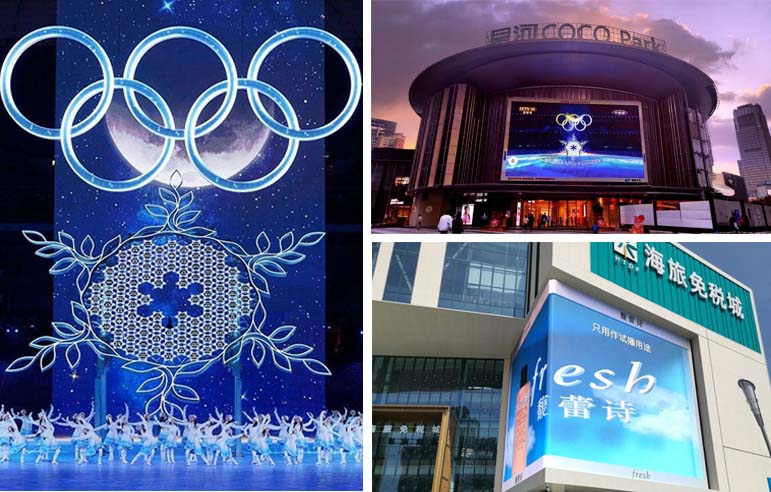Recently, regional extreme weather events have occurred in many parts of the world, with temperatures exceeding 40°C (104°F) creating intense “sauna days” and “scorching days.” Simultaneously, some areas have experienced torrential rainstorms, often accompanied by strong winds. Such abnormal weather poses severe challenges to the stability, safety, and protection of outdoor LED displays, with many exhibiting issues like screen flickering and blurry images.
As a company with 21 years of deep expertise in the LED display field, LEDMAN consistently prioritizes product quality and stability. Drawing on our product features and experience in handling extreme weather, we provide the following recommendations to help ensure your equipment operates smoothly.
NO.1
High Temperature Weather:
Leveraging High-Temperature Resistance & Enhancing Heat Dissipation Maintenance
High temperatures can cause reduced LED chip luminous efficiency, color deviation, and accelerated component aging. LEDMAN LED products utilize high-temperature-resistant materials and optimized circuit design, enabling stable operation in environments ranging from -20°C to 50°C (-4°F to 122°F).
The 1250㎡ Ultra HD Glasses-Free 3D Display created by LEDMAN for the PAVILION Shopping Centre in Malaysia operates flawlessly year-round under Southeast Asia’s hot tropical climate, delivering bright, vivid images and smooth motion.
Recommended Actions
a. Regularly inspect the heat dissipation system of outdoor large screens, ensuring ventilation channels are unobstructed. Utilize the LEDMAN Intelligent Monitoring System to track internal screen temperature in real-time. This system automatically shuts off air conditioning during cold winter weather for energy savings.
b. During high summer temperatures, if the temperature exceeds the threshold, the screen system will automatically activate balancing protocols to optimize heat dissipation and display performance.
LEDMAN products feature excellent energy-saving characteristics. When operating in high-temperature environments, their energy consumption is 30%-40% lower than the industry average, significantly reducing long-term circuit load and failure risks.
NO.2
Heavy Rain & Typhoon Weather:
Relying on Protective Design for Emergency Preparedness
Typhoon-force winds can exceed a screen’s wind pressure load capacity, while heavy rain leaks can cause circuit short circuits. LEDMAN LED displays feature an integrated waterproof structure (rated IP65 and above) and undergo rigorous wind resistance testing (capable of withstanding Category 12 typhoon impacts).
Take LEDMAN’s large-scale outdoor project at Guangzhou’s Xindaxin Commercial Building as an example: the 1200㎡ Ultra HD Glasses-Free 3D Curved Screen has withstood heavy rains and typhoons, maintaining stable performance.
Recommended Actions
a. Before a typhoon arrives, inspect the screen body and mounting structure. Clear drainage channels around the screen to prevent water backflow.
b. After heavy rain, promptly check the equipment’s sealing integrity. If water ingress is detected, immediately cut off the power supply and contact maintenance personnel or the manufacturer. Do not attempt self-disassembly.
c. LEDMAN’s professional after-sales team offers regular maintenance services (recommended quarterly). Special inspections can be arranged before the typhoon season, focusing on critical components like waterproof seals and lightning protection modules.
NO.3
LEDMAN Outdoor Display Maintenance Guide
Routine Maintenance Recommendations
a. Under normal conditions, it is recommended to power on the display screen at least twice per week, with each session lasting no less than 2 hours.
b. When humidity exceeds 90% RH, ensure the display is powered on daily for no less than 2 hours per session.
c. If the display remains unused for more than two consecutive weeks, perform a preheating operation before restarting.
Long-Term Maintenance Recommendations
a. Conduct quarterly inspections of the LED display and peripheral equipment to ensure proper operation and functionality, enabling timely issue identification and resolution.
b. Develop the habit of regularly backing up configuration files and data. This allows quick recovery in case of problems, minimizing impact and losses.
c. Maintain an equipment operation log, recording performance status after each extreme weather event. This aids the after-sales team in analyzing potential risks.
d. Participate in regular user training sessions organized by LEDMAN to master basic troubleshooting and emergency handling skills.
e. For critical projects, consider signing an Annual Maintenance Agreement (AMA). The after-sales team will develop personalized maintenance plans based on regional climate characteristics, such as increasing waterproof inspection frequency in rainy areas or enhancing heat dissipation system maintenance in high-temperature zones.
NO.4
LEDMAN Service Team:
Professional Assurance, Attentive Service
LEDMAN After-Sales Service Center provides worldwide coverage, offering prompt and efficient technical support 24/7.
LEDMAN LED products have been deployed in major projects including the Beijing Winter Olympics, Sanya Haitang Bay Duty-Free Shopping Complex, and Shenzhen Futian COCO PARK. These diverse environments—from the severe cold of northern winters to the humid heat and typhoons of southern summers—have consistently demonstrated the stable operation of LEDMAN products, fully validating their reliability under abnormal weather conditions.
LEDMAN is committed to partnering with you, leveraging our stable products and professional services, to jointly meet the challenges of extreme weather and ensure the long-term, reliable operation of your equipment!







